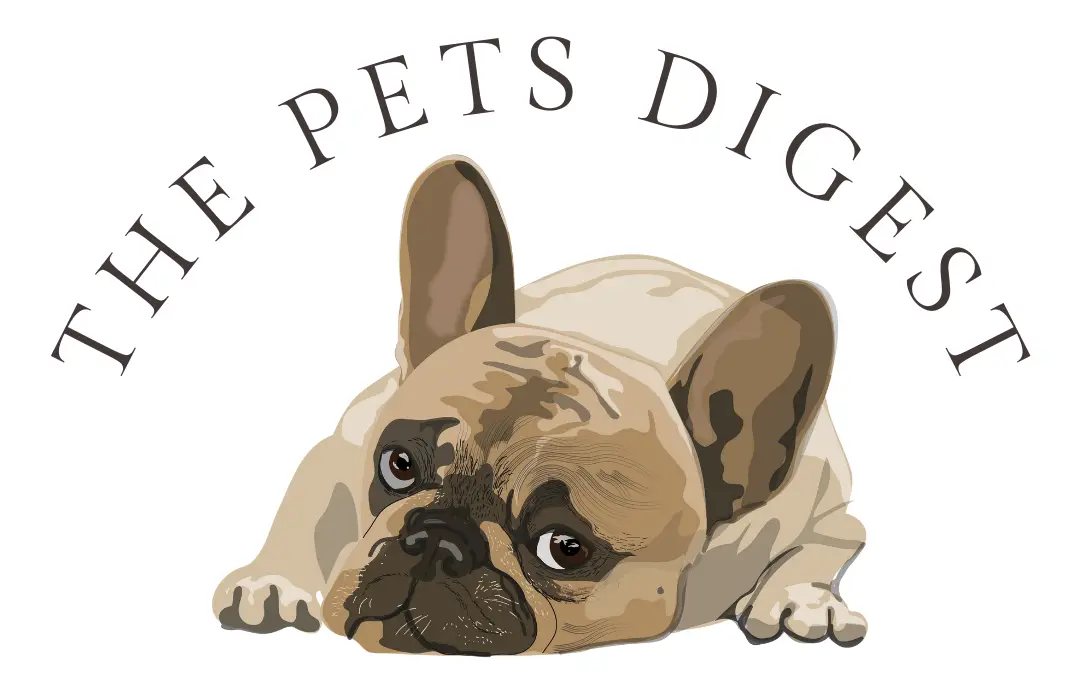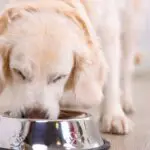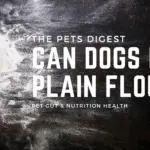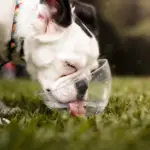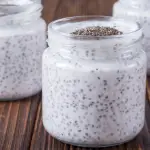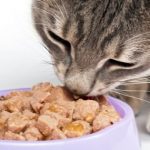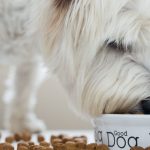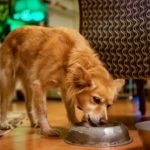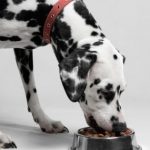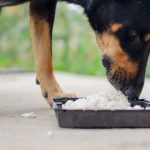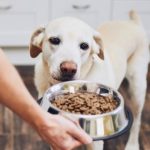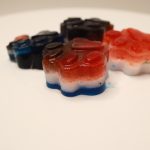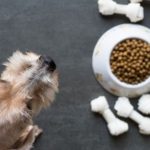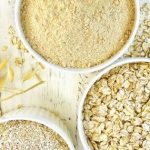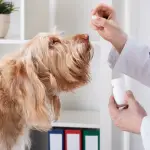A study showed that about 77% of people tested positive for microplastics in their bloodstream and this is because they are literally everywhere!
Microplastics have been found on the ocean floor and at the peak of Mount Everest. They are even in the air so how could we not have them in our bodies the same goes for our fur babies.
Exposure to microplastics can occur through penetration of skin pores, eating food, or inhalation. A recent study showed that many people ingest microplastics that amount to the size of a credit card each week.
Since this is a fairly new issue, there has not been much research about how microplastics affect health in humans and even less research has been done on pets.
In a recent study of 58 pet foods and 78 pet feces samples, it was shown that both polyethylene terephthalate (PET) and polycarbonate (PC) were found in pet (dog and cat) food and in their feces.
The researchers of the study noted that there were higher amounts of microplastics in the feces than in the food indicating that food may not be the primary way pets accumulate microplastics in their bodies. Continue reading to find out how pets build up microplastics in their body and how you can possibly help prevent it from occurring.
What are microplastics?
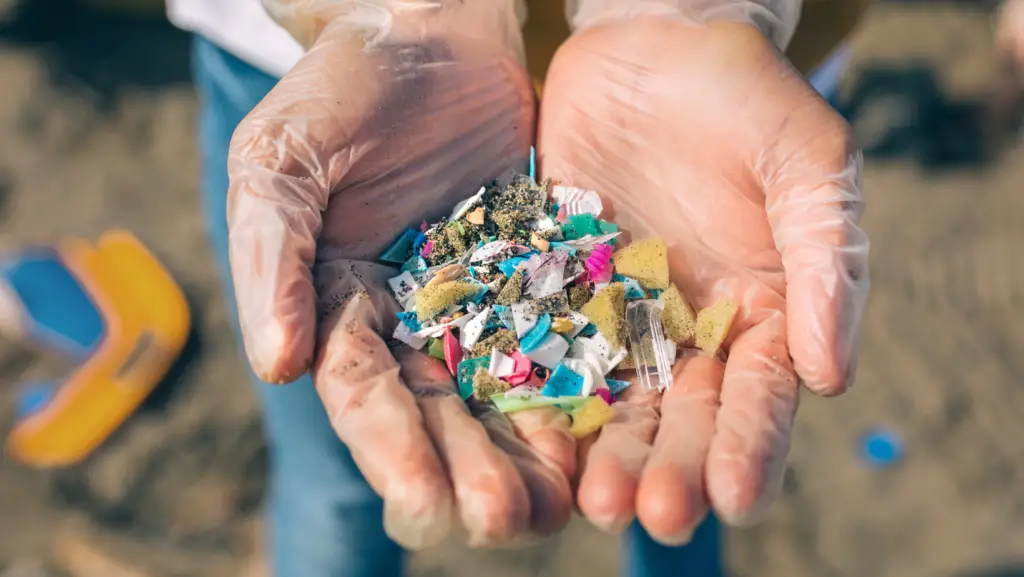
Microplastics are extremely small pieces of plastic that are less than 5mm in size that have usually broken off of larger pieces of plastic. Because they are so small, they are able to seep into your pores where they can get stuck in organs and bloodstream.
Where do microplastics come from?
Microplastics can come from many different sources including resin pellets, microbeads, and breaking off of larger pieces of plastic.
How do microplastics get in your dog or cat food?
Microplastics are extremely prevalent and there are not too many places where they can not be found it can be almost impossible for your dog or cat to never encounter them.
Many times fish and birds mistake the small pieces of plastic for food. Once eaten by these animals they can potentially become part of the human food chain and since they carry the microplastics in their bodies once they are eaten the plastics carry on until they enter your pet. This process is called ‘trophic transfer’ of microplastics
Microplastics are also in the soil and can end up in the water your pet eats and other food besides fish like cows that eat grass contaminated with the plastics.
How can I protect my pet from ingesting microplastics?

1. Use eco-friendly and sustainable bedding
Bedding made from non-natural sources like polyester are huge contributors to microplastics because they tend to release larger microfibers, so use all-natural when possible. Bedding made from hemp, wool, and cotton are great natural fibers that can help decrease the chances of your dog accumulating microplastics in their systems.
2. Use natural eco-friendly toys
Since your dog actually puts these items in their mouths they can be huge contributors to them ingesting microplastics. Especially, refrain from using plastic chew toys.
3. Buy food and treats not wrapped in plastic
While this may be difficult to do since plastic is so prevalent, try to find all-natural treats that are not heavily processed and not packaged in plastic. Some companies are very conscious, like Sunday’s for Dogs, and use cardboard boxes for their food.
4. Air dry your pet’s bedding and clothing
Dryers generate more microfibers that washing machines air drying helps with
5. Feed from plastic-free bowls
If you are able to use stainless steel or glass bowls when feeding your pets
6. Store your pet’s food in plastic-free containers
Never use plastic when storing your dog’s food if possible as this just adds to the possibility of them ingesting more microplastics
7. Never microwave your pet’s food in a plastic container
Plastic containers leach plastics into the food when they are heated, this is true even if the container is labeled microwave-safe.
A container that states that it is microwave safe just means it will not melt in the microwave but it can still transfer microplastics and other chemicals into your dog’s food.
8. Clean your dog or cat’s space regularly
By vacuuming and dusting at least weekly you can reduce the amount of microplastics floating around in your home. Approximately 39% of dust particles around the home are made up of microplastics and there are steps you can take to greatly reduce this.
9. Use air filters and air purifiers
Cleaning the air in your home can help tremendously to reduce the amount of microplastics floating in your home
10. Opt for hard flooring
If you have the option, choose hard flooring over carpet. Dogs and cats can be affected by the microplastics in the carpet and they release greater amounts of microplastics in the air than hard flooring.
References
- Polyethylene Terephthalate and Polycarbonate Microplastics in Pet Food and Feces from the United States (1)
